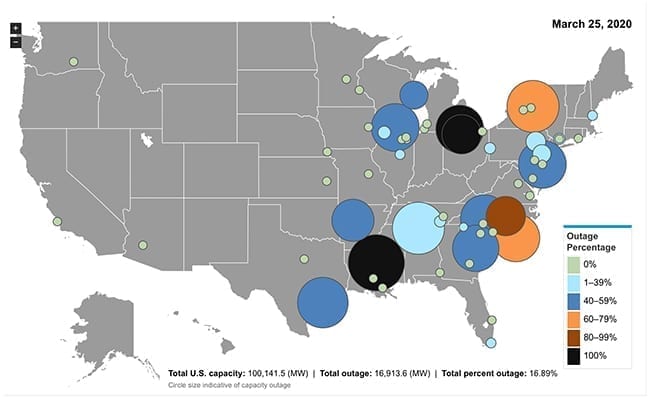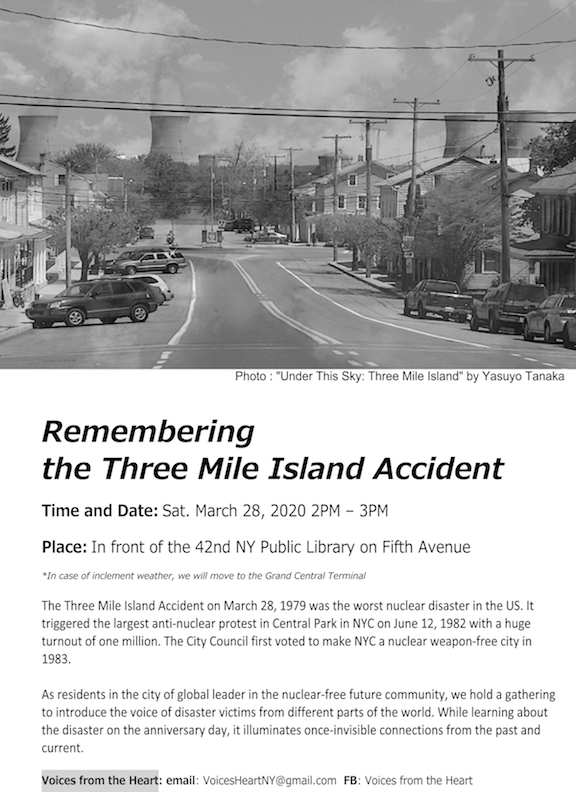Nuclear Regulatory Commission - News Release
No: 20-021 April 1, 2020
CONTACT: David McIntyre, 301-415-8200
NRC Approves License Transfer of Crystal River 3 Nuclear Power Plant
The Nuclear Regulatory Commission has approved the license transfer for the Crystal River 3 nuclear power plant from Duke Energy Florida to ADP CR3, enabling active decommissioning of the former nuclear power plant.
ADP CR3 is a subsidiary of Accelerated Decommissioning Partners LLC, a joint venture of NorthStar Group Services, Inc. and Orano Decommissioning Holdings. NorthStar will also be contracted to demolish the permanently shut down coal-fired Crystal River units 1 and 2.
Duke permanently ceased operations at Crystal River 3 in 2013. The company applied for the license transfer in June 2019. Under its agreement with ADP CR3, Duke will remain the owner of the nuclear power plant, property and equipment, and will retain ownership and control of the trust fund that pays for the decommissioning. ADP CR3 will become the NRC licensee responsible for decommissioning the plant in compliance with all state and federal regulations.
ADP CR3 plans to complete decommissioning by 2027.


























